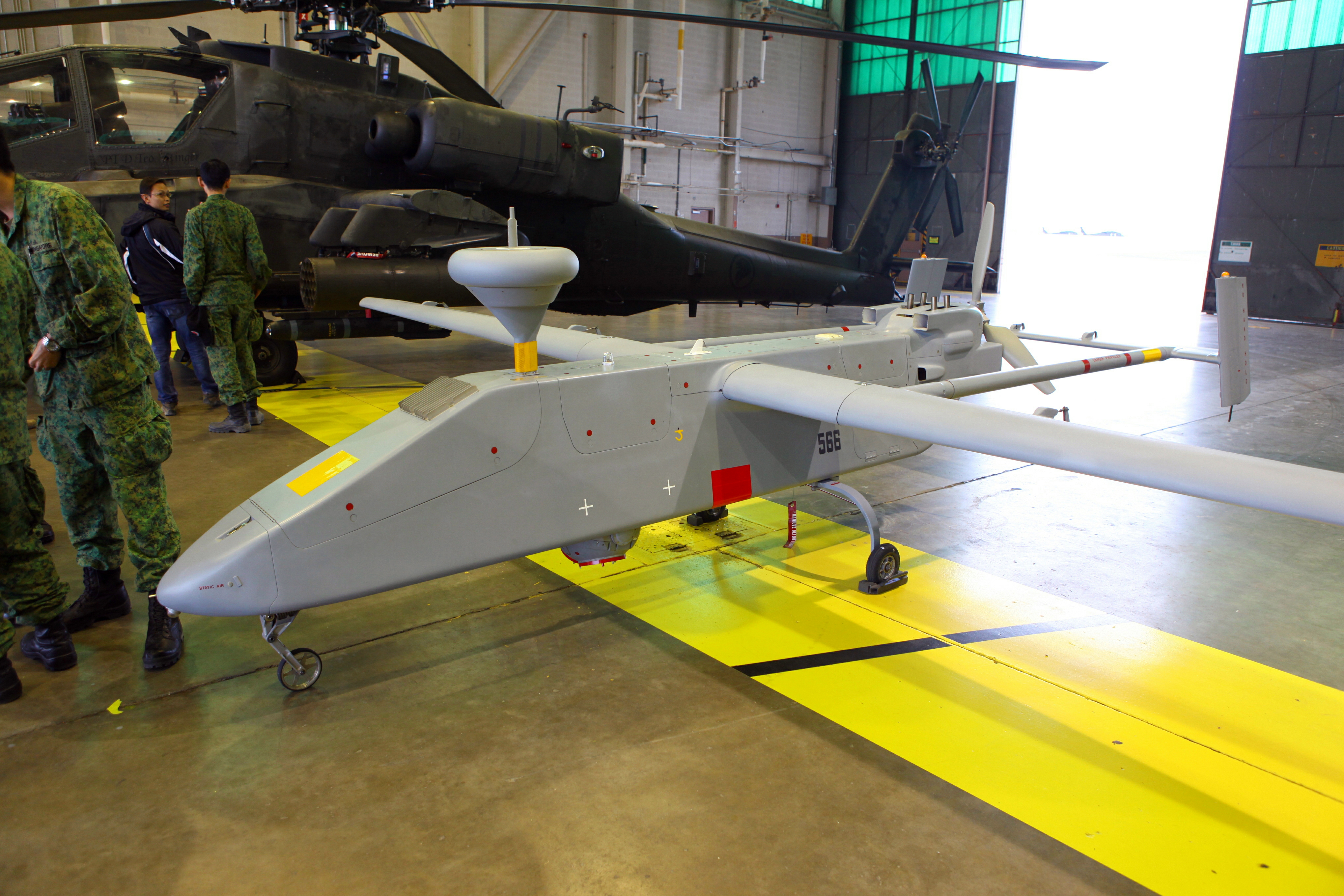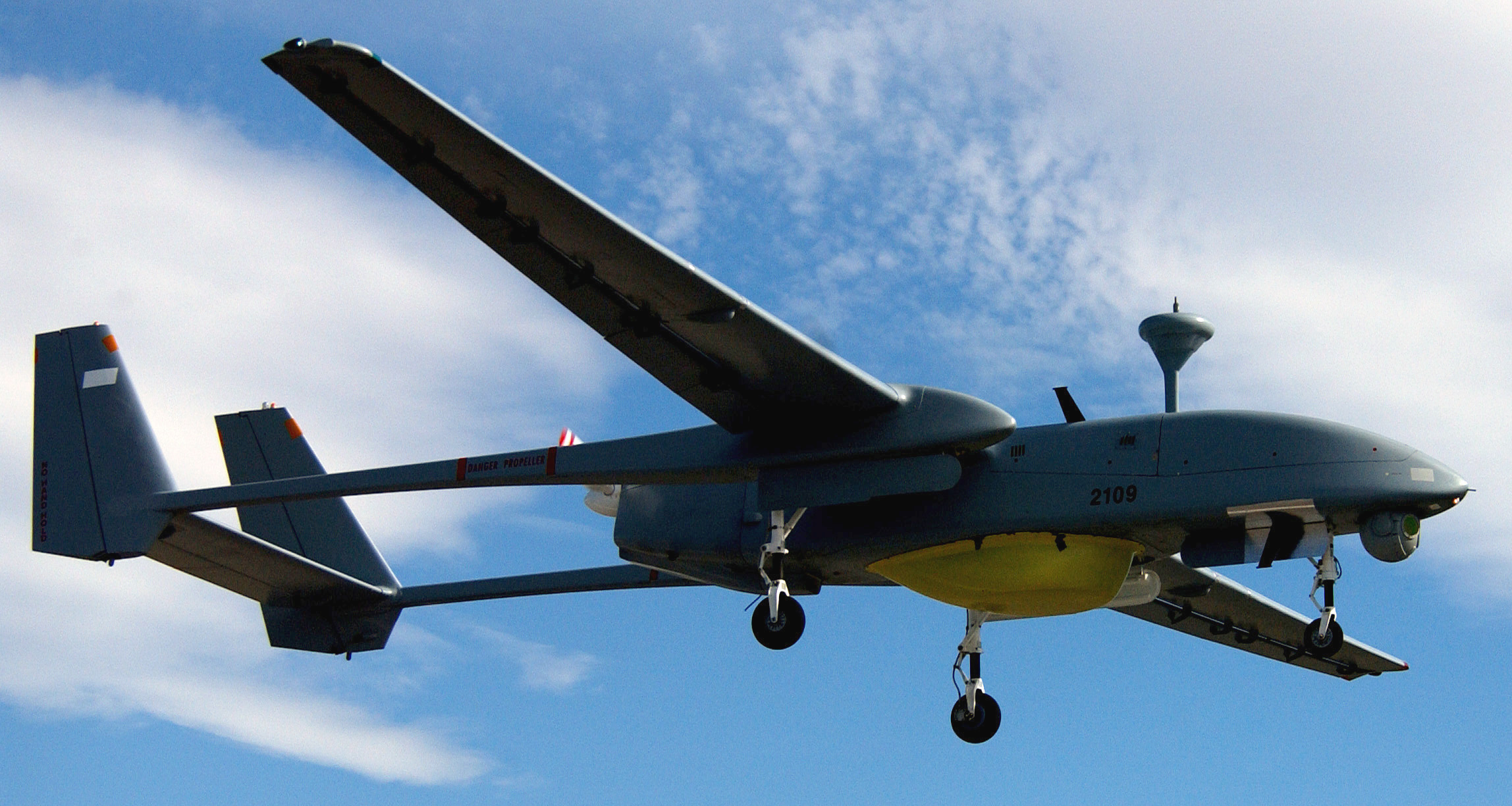Strategic Implications
Singapore’s strategy toward drone usage is closely tied to the ongoing “third-generation” (3G) transformation of the armed forces. Basically, Singapore’s defense doctrine is “to inflict intolerable costs on potential enemies and outlast attackers in the event of a conflict,” commonly referred to as the “porcupine” defense.7 In recent decades, this strategy has been modified to reflect a “smart defense” approach, guided by three perceptions:8
- A perception of new unconventional threats – such as terrorism, piracy, insurrection, and destabilization in neighboring regions – resulting in new types of warfare, such as urban warfare and the protection of key installations.
- Singapore’s traditional strategic weaknesses, particularly its lack of strategic depth and a small and aging population.
- Singapore’s economic and technological advantages, particularly its highly educated workforce and its strengths in information technologies.
Above all, Singapore and its armed forces see technology – especially information technologies – as a critical force multiplier. Consequently, Singapore’s 3G military emphasizes the development, acquisition, and integration of technologies for command and control; intelligence, surveillance, and reconnaissance (ISR); and precision strike.9 UAVs obviously play a critical role in these efforts. In this regard, the military primarily employs its drones for ISR missions, such as reconnaissance, battlefield surveillance, search and rescue, artillery fire support, target tracking, and maritime and coastal patrol. Some drones, such as the Hermes 450, can theoretically be used for target acquisition and artillery adjustment, although it is not certain whether the Singapore military uses them in this capacity.10
The military would be most likely to use its drones for extremely localized missions (i.e., defending the Singaporean homeland). Since any conflict directly threatening the Singaporean state would entail a forward defense, drones would almost certainly be employed beyond the country’s frontiers (i.e., cross-border operations into an adversary’s territory). Smaller air force drones and mini-UAVs in service with the army would provide tactical reconnaissance and surveillance, while larger drones, such as the Hermes 450, would likely be employed for long-endurance, theater-wide intelligence-gathering.
That said, Singapore’s military has employed UAVs in overseas deployments – for example, in Afghanistan. In this situation, drones (in this particular case, Searcher II UAVs) “supported the International Security Assistance Force by providing surveillance over key roads and identifying improvised explosive device (IED) threats.”11 However, while Singapore is prepared to use drones in contingency and stabilization operations, peacekeeping operations, etc., their primary purpose is to defend Singapore proper.
At this point, Singapore has not indicated any interest in acquiring armed drones, such as the Reaper UAV, which can be armed with Hellfire air-to-ground missiles, laser-guided bombs, or the Joint Direct Attack Munition (JDAM). However, it is certainly not inconceivable that the government may decide to in the future. The Hermes 450 has reportedly been converted into an assault UAV by the Israel Defense Forces, so Singapore’s military already possesses a possible platform, as well as the munitions, for an armed drone. That said, the Singaporeans will likely be loath to rush too quickly into acquiring armed drones, in part because of the negative political impact of being the first to introduce such weapons into the region. However, should neighboring countries deploy or threaten to deploy such systems, Singapore could quickly obtain an armed UAV.
As drones currently carry out only limited (i.e., mainly ISR) functions within the Singapore military, they can be seen more as adjuncts or supplements to traditional, human-inhabited aircraft. In Singapore’s case, UAVs free up manned aircraft, particularly fighter jets, for combat missions. Additionally, drones would be more likely to replace manned aircraft if the mission was particularly high-risk or if use of manned aircraft would be impractical or politically difficult (such as an overseas deployment). It is difficult to ascertain how Singapore would react if one of its drones, ostensibly on an intelligence-gathering mission over neutral territory (such as international waters) or operating as part of an international coalition operation, were shot down. Most likely, the reaction would be muted. Since Singaporean drones are not (yet) armed, that particular complication would be moot. However, if Singapore were to get drawn into a major conflict, it would likely involve the defense of the homeland and therefore invoke a significant mobilization of its armed forces. In that case, concerns over how drones were used or treated in combat would likely be inconsequential.
Likewise, it is difficult to speculate how Singapore might react to another country’s UAVs intruding on Singaporean airspace. Since the Singapore Strait is rather narrow (16 kilometers wide), it would not be difficult to accidentally enter this area. Singapore would most likely react to an intrusion by a foreign UAV the same as it would similar actions taken by any foreign manned military aircraft – that is, by scrambling Singapore’s fighter aircraft to intercept, identify, and shoo away trespassers. One or a couple of such intrusions might be forgiven, but a pattern of deliberate efforts to infringe on Singapore’s national airspace would probably result in an attempt to shoot down a foreign drone. In this case, Singapore would likely be more prepared to shoot down an unmanned vehicle (armed or not), as compared with a traditional human-inhabited aircraft. This would permit Singapore an opportunity to “make an example” of the intruder without the fear of exacerbating the situation by killing human beings.
 Nevertheless, the recently enacted amendments to the Air Navigation Act will make a person who flies or operates a drone from outside Singapore liable for offenses under the act, as if the person had been in Singapore when committing the offense. The minister for transport will publish in the government Gazette a list of security-sensitive areas designated as protected areas. Examples of such locations mentioned by the minister include iconic landmarks such as the Istana (the president’s official residence), the Supreme Court, the Jurong Island industrial complex, and military camps and bases. Flights of drones over these areas are prohibited, as are the photographing of these protected areas by drones, unless a permit is obtained. The amendments also prohibit a drone from carrying arms, explosives, munitions, and biochemical, nuclear, or hazardous substances, as well as prohibit the discharge of any substance without a permit.12
Nevertheless, the recently enacted amendments to the Air Navigation Act will make a person who flies or operates a drone from outside Singapore liable for offenses under the act, as if the person had been in Singapore when committing the offense. The minister for transport will publish in the government Gazette a list of security-sensitive areas designated as protected areas. Examples of such locations mentioned by the minister include iconic landmarks such as the Istana (the president’s official residence), the Supreme Court, the Jurong Island industrial complex, and military camps and bases. Flights of drones over these areas are prohibited, as are the photographing of these protected areas by drones, unless a permit is obtained. The amendments also prohibit a drone from carrying arms, explosives, munitions, and biochemical, nuclear, or hazardous substances, as well as prohibit the discharge of any substance without a permit.12
Officials implementing the legislation – such as safety inspectors authorized by the Civil Aviation Authority of Singapore, senior police officers, or auxiliary police officers authorized by the commissioner of police – may order the operator of an unmanned aircraft to (1) end the flight, (2) land the unmanned aircraft, or (3) fly the unmanned aircraft in an authorized manner if it is instead being operated in a manner that poses a serious and imminent risk to public safety. The enforcers of this legislation are also given powers to assume control of an unmanned aircraft in order to either down it or land it safely, and to detain it or any component of the unmanned aircraft system.13
During debate on the proposed legislation, members of Parliament highlighted the need to balance security and the minimization of risk with the need to permit technological innovation. They also recognized the concern of the public with the possible invasion of privacy. “But while MPs said the new law is timely,” The Straits Times reported, “they also cautioned it must not be too onerous that it stifles the creative and innovative use of drones.”14 The minister for transport and second minister for defense at the time, Lui Tuck Yew, agreed that a “judicious balance” was needed between innovation and security.15 As MPs from the ruling party and opposition supported the draft legislation, the bill passed without a vote. The bill received the assent of the president of Singapore and took effect on June 1, 2015.


 Recently, the military has also acquired MALE drones. It operates two Heron UAVs, again purchased from IAI, that carry a 250-kilogram payload and can operate for up to 52 hours at an altitude of 35,000 feet. The Heron can carry an array of sensors, including electro-optical systems, an infrared camera, and systems for communications intelligence (COMINT) and electronic intelligence (ELINT). More recently, the Singapore military acquired five IAI Hermes 450 MALE drones, a medium-size multipayload UAV intended for tactical long-endurance missions that is capable of operating for 20 hours with day/night video capabilities (electro-optical by day, infrared at night). The Hermes can also carry out a variety of other missions, including COMINT/ELINT, jamming, and communications.4
Recently, the military has also acquired MALE drones. It operates two Heron UAVs, again purchased from IAI, that carry a 250-kilogram payload and can operate for up to 52 hours at an altitude of 35,000 feet. The Heron can carry an array of sensors, including electro-optical systems, an infrared camera, and systems for communications intelligence (COMINT) and electronic intelligence (ELINT). More recently, the Singapore military acquired five IAI Hermes 450 MALE drones, a medium-size multipayload UAV intended for tactical long-endurance missions that is capable of operating for 20 hours with day/night video capabilities (electro-optical by day, infrared at night). The Hermes can also carry out a variety of other missions, including COMINT/ELINT, jamming, and communications.4 Nevertheless, the recently enacted amendments to the Air Navigation Act will make a person who flies or operates a drone from outside Singapore liable for offenses under the act, as if the person had been in Singapore when committing the offense. The minister for transport will publish in the government Gazette a list of security-sensitive areas designated as protected areas. Examples of such locations mentioned by the minister include iconic landmarks such as the Istana (the president’s official residence), the Supreme Court, the Jurong Island industrial complex, and military camps and bases. Flights of drones over these areas are prohibited, as are the photographing of these protected areas by drones, unless a permit is obtained. The amendments also prohibit a drone from carrying arms, explosives, munitions, and biochemical, nuclear, or hazardous substances, as well as prohibit the discharge of any substance without a permit.12
Nevertheless, the recently enacted amendments to the Air Navigation Act will make a person who flies or operates a drone from outside Singapore liable for offenses under the act, as if the person had been in Singapore when committing the offense. The minister for transport will publish in the government Gazette a list of security-sensitive areas designated as protected areas. Examples of such locations mentioned by the minister include iconic landmarks such as the Istana (the president’s official residence), the Supreme Court, the Jurong Island industrial complex, and military camps and bases. Flights of drones over these areas are prohibited, as are the photographing of these protected areas by drones, unless a permit is obtained. The amendments also prohibit a drone from carrying arms, explosives, munitions, and biochemical, nuclear, or hazardous substances, as well as prohibit the discharge of any substance without a permit.12